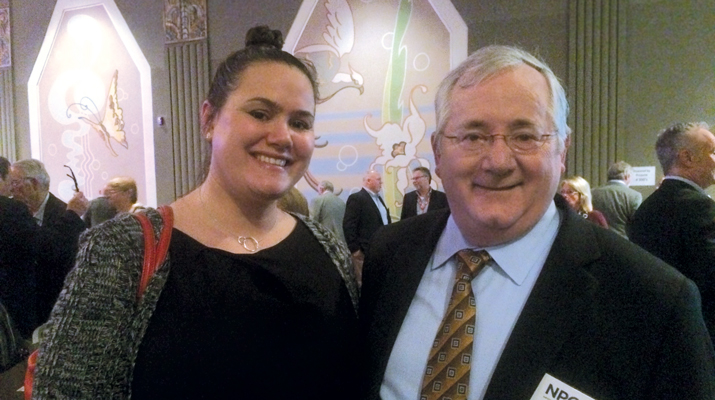The office of tomorrow: How technology is changing the propane delivery business today
In an industry removed from breaking news about technology and mobile communications, some of the most significant changes – caused by or created with technology – exist in the propane delivery business.
More precisely, if we want to see the office of the future – if we want to witness the predictions of decades prior, of animated renditions of midcentury style and hear the voice-over narrations of a friendly guide from the future – if we want to observe the quiet efficiency of a paperless workforce and the safety provided by a pocket-sized device, then we can stop the 16-millimeter film footage, shut off the magnetic sound recording and dim the modulated light because the office of the future is here – today – in the propane delivery business.
This revolution is the result of real-time intelligence, paired with the smartphones or tablets every employee has and every business owner possesses. But the even bigger benefit, in an industry far removed from Silicon Valley and Highway 101, well beyond the former apricot orchards (long since converted into corporate campuses for Apple, Intel, Google and Facebook) and garages-cum-shrines of countless startups, on the roadways and byways of the rest of the country, there is a bobtail and service truck – a whole fleet of vehicles – en route to deliver propane, the pioneers of the future in our very midst this moment.
And, in response to the natural follow-up question, “What are some of the concrete details and practical features of this new office?” the answer is simple: No more tedium, period. No more reams of paper. No more constant calls to drivers. No more manual entry of data. No more delays and unexpected costs.
Yes, I know: Predictions about the legendary paperless office date back almost 40 years to this article in BusinessWeek, published on June 30, 1975, where the writer forecasts the decline in the use of paper to occur in 1980 and its elimination to arrive no later than 1990. What the piece misses – and what the author could not envision – is the rise of wireless communications, cloud-based computing and the commercialization of the Internet.
In that world – in this world – those three things, backed by real-time information about a driver’s location and delivery status, allow employees to send and save digital signatures, work orders, time sheets, invoices, DOT pre-trip inspections, gas leak checks and other relevant documents … digitally.
By automating these things, business owners or managers can save time – gone are the days of compiling spreadsheets and learning the intricacies of Microsoft Excel – so they can direct their efforts to more productive endeavors.
The safety factor
The other key feature of this new office is safety. Specifically, technology now allows dispatchers to monitor the activity of workers without the intrusiveness of a phone call, a distraction (for the driver) and a danger (for everyone else on or near the road).
With their routes preplanned, and through the convenience of integrated GPS, drivers no longer need to pull over (if there is even room to do so) to unfold and read a map or make/take a call from dispatch; everything, from voice-activated commands to Bluetooth headsets, makes the driver’s job easier and safer.
Real-time intelligence also notifies a driver about the particular circumstances regarding site delivery or client requests. For example: A commercial business or residential home may have a newly paved driveway, on which they requested we don’t drive. This information is pre-delivered to the driver, possibly saving the company damage fees and embarrassment.
The same instantaneous communications, relayed to a smartphone or tablet, can inform a worker of breaking developments. This could be new events that occur from the time a driver leaves the lot to the second he or she arrives at a residence or storefront; announcements about an impending ice storm; reminders about DOT spot checks; or changes in customer delivery requests.
Information about a customer’s history, prepopulated on the device, including purchases and deliveries, gives a driver much-needed context to better understand the customer’s preferences and expectations. This allows a driver to customize service for that individual and to replicate that practice for others based on a simple reading (on a smartphone or tablet) of notes relating to that customer’s interests.
Meanwhile, back at the office, a business owner or manager has a full visual display of the mobility, location, status and receipt of all jobs, which are accessible for prompt review. Detailed real-time information about deliveries made or pending provides the office much-needed real-time context for doing a superior job.
These conveniences, pioneered by innovative technology and applied by workers to great effect, are a snapshot of the office of the future. With communications and intelligence, the results are indisputable: Safety and respect for workers, savings for employers and supreme service for clients. The future is now.
Bill Stomp is vice president of business development for Digital Dispatcher. He can be reached at billstomp@digitaldispatcher.com.
















